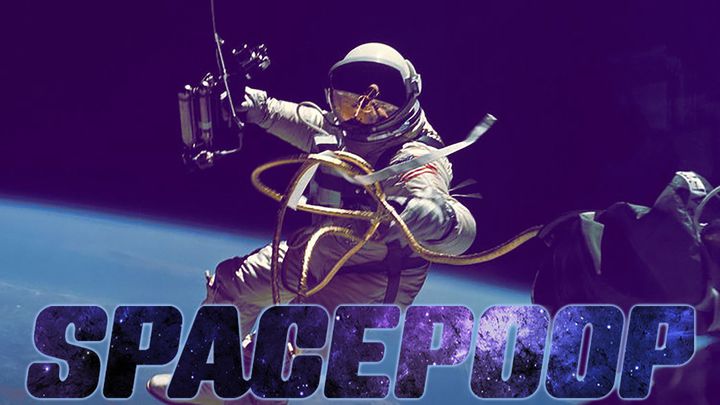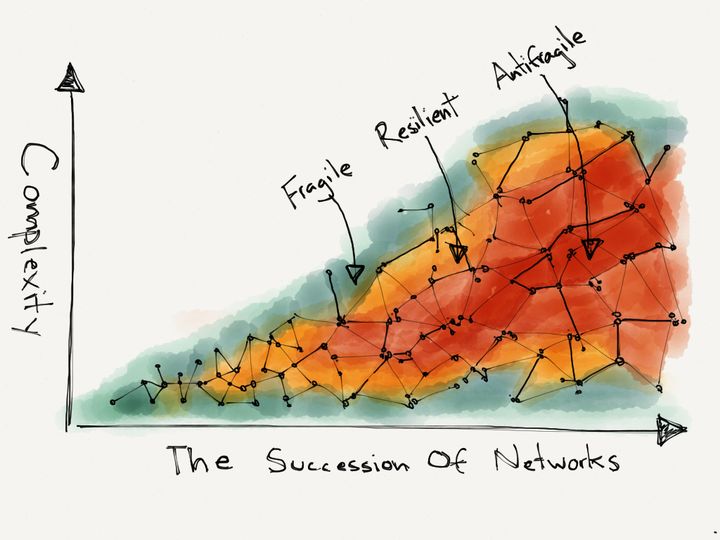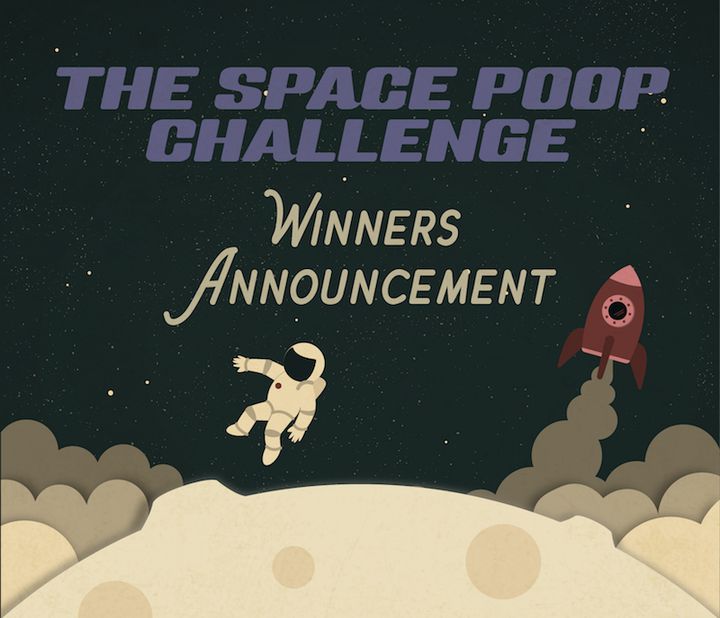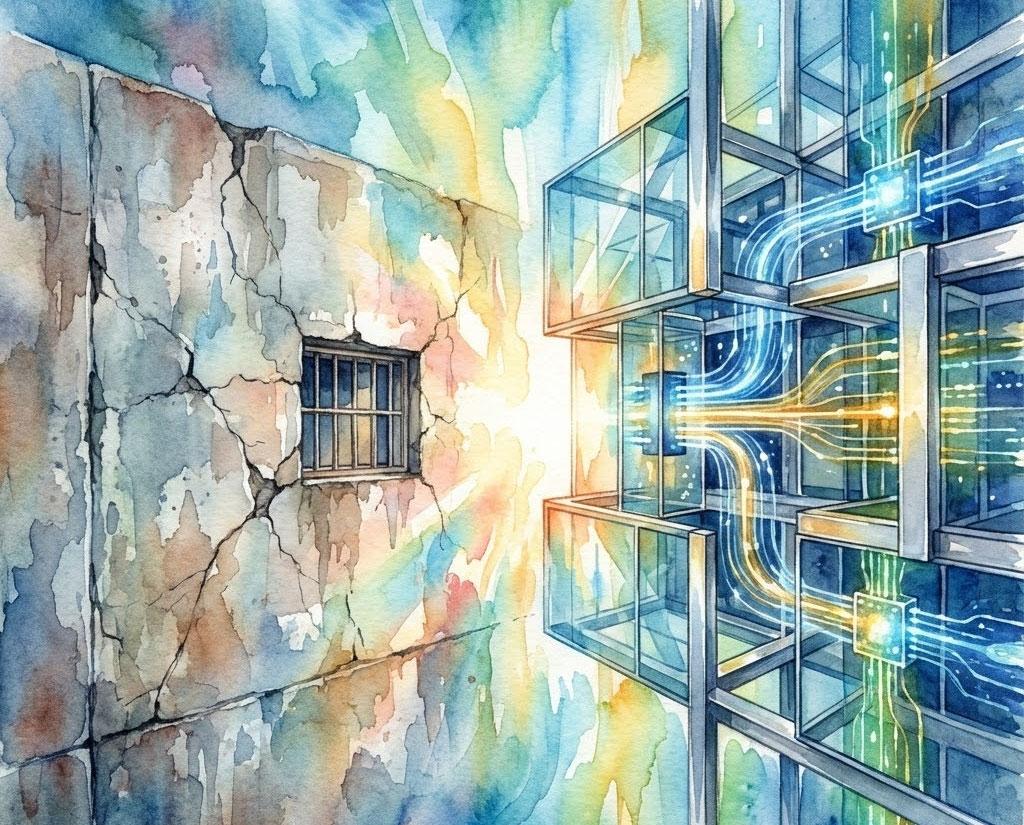
Being able to replicate stuff is no longer an empty Star Trek promise. 3D printers are now becoming so commonplace that many people can access them at their workplaces, in public spaces such as libraries, or even by ordering it from companies.
And the benefits in the health world are immense. The magic of 3D printing is how cheap the materials are and how customizable it can be, leading to applications such as printing prosthetic limbs or even reconstructing an organ such as a human heart (good for learning the parts and also seeing what's wrong with a particular person's organ.)
But now it's possible that 3D printing will benefit even more people, as the first 3D printed pill has been approved by the Food and Drug Administration. Called Spritam, the drug (created by Aprecia Pharmaceuticals Co.) is supposed to be an oral treatment for epilepsy.
"Spritam is designed to fill a need for patients who struggle with their current medication experience," said CEO Don Wetherhold in a statement. "This is the first in a line of central nervous system products Aprecia plans to introduce as part of our commitment to transform the way patients experience taking medication."
But here's where the potential gets really exciting. 3D printing is not only cheaper than conventional manufacturing in some cases, but it's also more easily able to be personalized. If a hospital has one of these printers on site, it will be able to print out information for patient files on demand.
In emergency medicine, for example, three babies had 3D-printed splints created to stop their airways from collapsing because of a rare condition called tracheobronchomalacia, the Washington Post reported earlier this year. All three are now thriving toddlers.
The challenge now is access. While patients at larger hospitals in big city centers will have easy access to these sorts of technologies, rural hospitals in smaller areas may continue to struggle. Is there a way that the hospitals can pool their resources by state or region to help out people in need? Let's hope that will be the case for 3D printing.
Have a way of using 3D printing to help health care? Let us know by launching a HeroX challenge.
Top image: Wikimedia Commons








